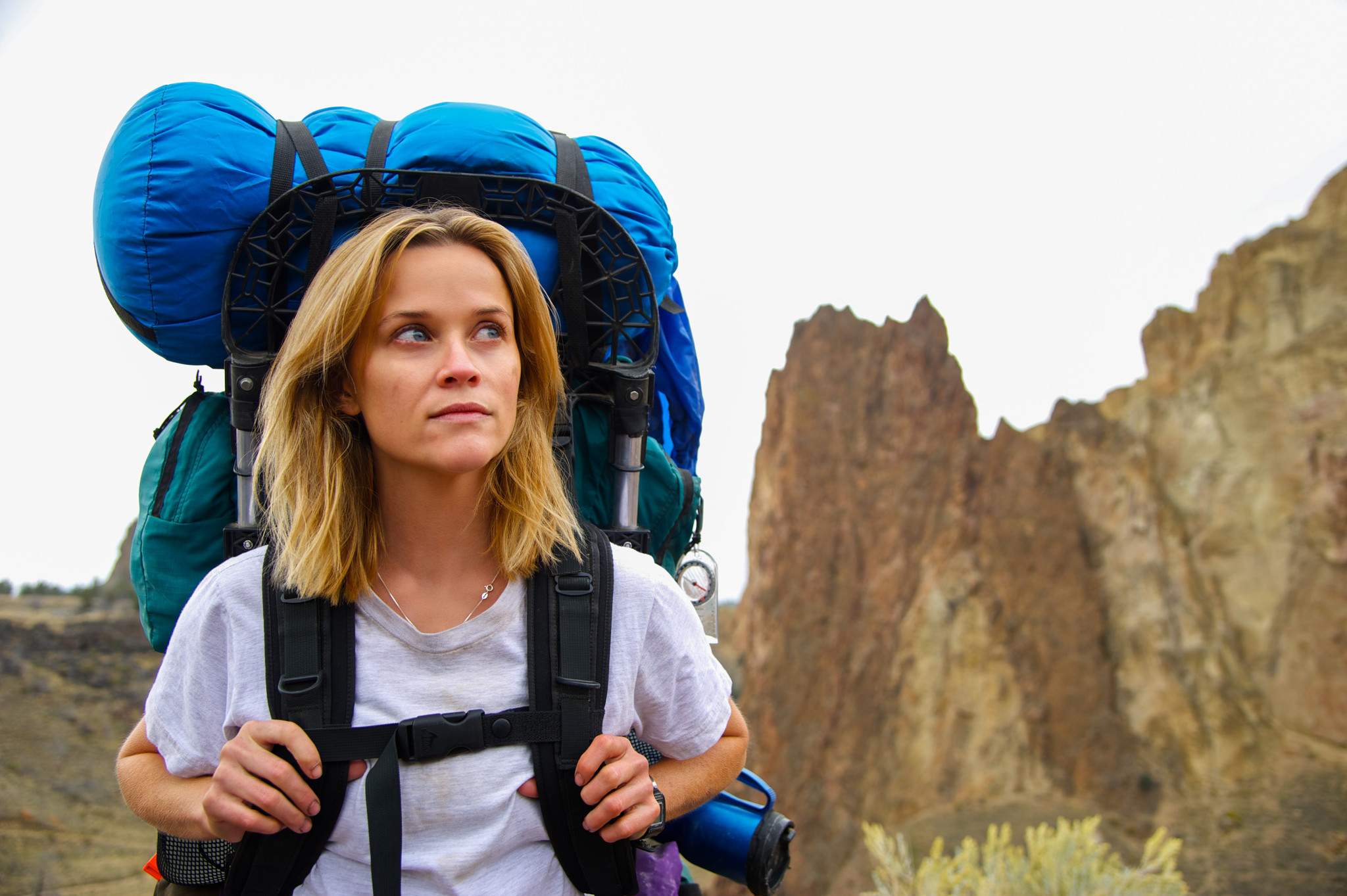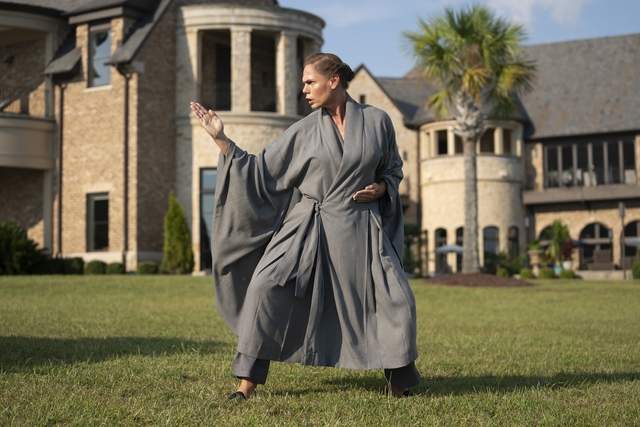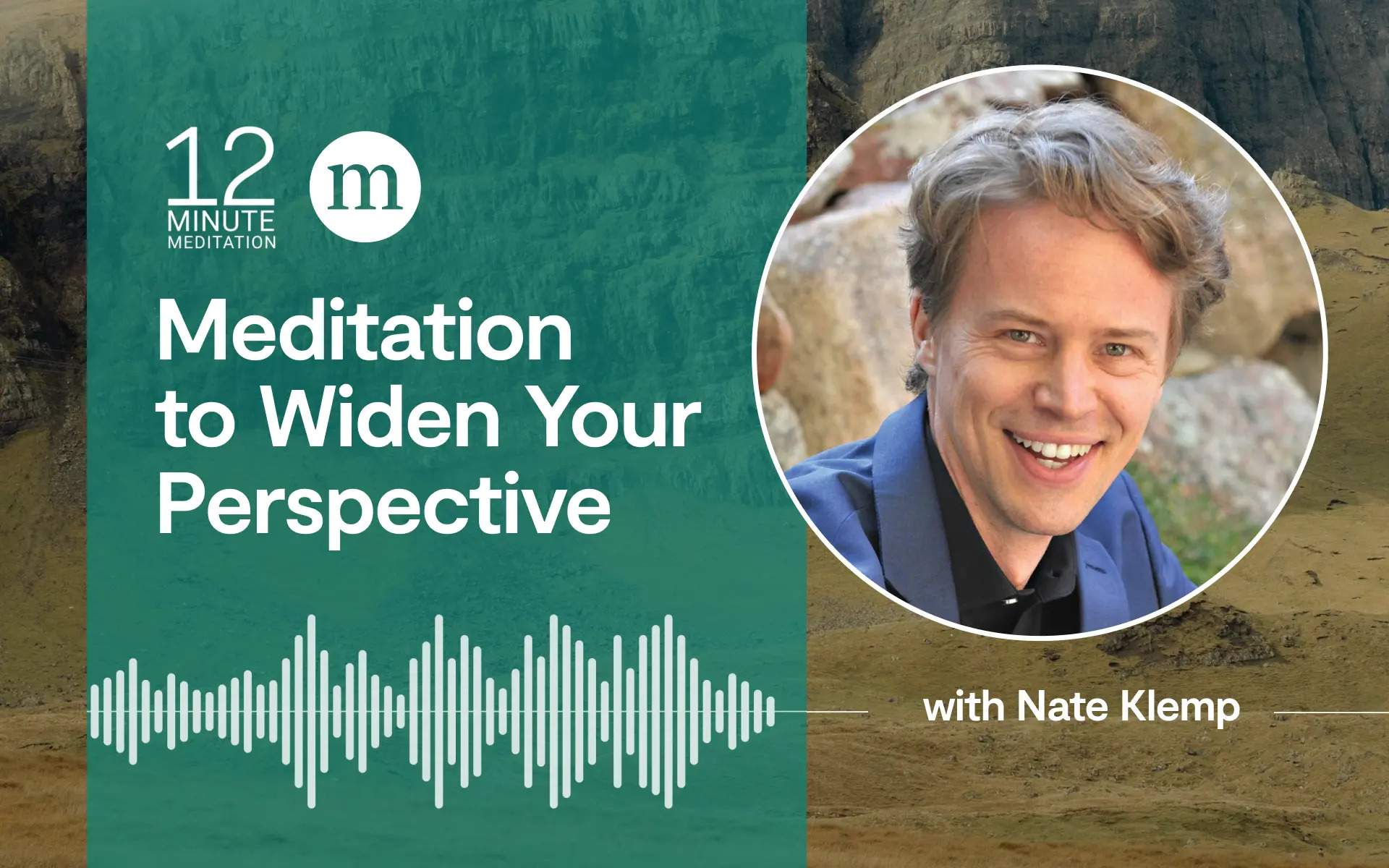More than a few movies up for Oscars this year depicted intriguing and challenging mental journeys:
Julianne Moore—who deservedly won the best actress award for Still Alice—offered a look into the mind of a woman in her fifties losing hold of every single reference point as she recedes into the dark unknown of dementia. It breaks your heart into a million pieces, and it also makes you consider how your mind is continually constructing one version after another of a self from the bits and pieces of life around you. It’s more like cheesecloth than a solid brick wall.
In Boyhood, Patricia Arquette, who won best supporting actress, played the role of a mother over the span of a dozen years. Here, the compelling thing to watch is the subtlety of aging. From moment to moment, you simply do not notice it, but it is happening, and suddenly before you know it, big changes have happened. Drama is a moment to moment thing in regular life. Where did all the time go? is not just a cliché. It’s a koan. Before you know it, a boy is a man, a mother’s nest is empty, and more of life has passed by than lies ahead.
When I watched Wild—starring two actors who came close but did not win (Reese Witherspoon for best actress, Laura Dern for best supporting actress)—it surprised me how much I was taken in by an account of a woman spending a summer walking in the woods. Where’s the drama, the entanglements, the plot and character? They’re there, but they’re all in her mind. I went out and bought the book. Of all the movies this year, I thought it had the most to say about the path of mindfulness.
The story of Cheryl Strayed (the surname she plucked out of a dictionary after a divorce, not much enamored of keeping the name of the father who abused and abandoned her mom, her, and her siblings) walking the Pacific Crest Trail—from the Mojave Desert to the Bridge of the Gods over the Columbia River at the border between Oregon and Washington—is a journey not so much of the outdoors, but of the indoors, the interior of the mind. Likely without knowing it, Strayed, who never introduces the idea of meditation in the book, describes a mindfulness retreat.
When she starts her journey, in searing heat, a novice hiker, with boots too small and eyes too big, both under- and over-prepared (she has so much store-bought gear she’s carrying the equivalent of a good-sized child on her back), she’s beaten up by the early and sudden death of her mother and beating herself up for divorcing a man who perhaps didn’t deserve it.
Before long, she finds herself beset by her own thoughts and fears, from the trivial tunes that play in “the mix-tape radio station in my head” to angry denunciations of her mother for leaving her too soon to fantasies of sexual fulfillment to firm conclusions about how monumentally inadequate she is to proud proclamations of what a “hard-ass motherfucking Amazonian queen” she is. Sometimes, these thoughts strobe rapidly and jerk wildly from one extreme to another. At other times, they dwell there like a ship stranded in unending doldrums. Like her inner world, her outer world is also made of ups and downs and extremes. One day, she is so hot she strips naked to find relief and nearly passes out from dehydration. Another, she is mired in deep snow. The trail throws an “astonishing range of temperatures and terrains” at her and eventually the ups and downs of it all take on a larger scope:
At times I almost wept at the relentlessness of it, my muscles and lungs searing with the effort. It was only when I thought I couldn’t go up any longer that the trail would level off and descend.
How fabulous down was for those first few minutes! Down, down, down I’d go until down became impossible and punishing and so relentless that I’d pray for the trail to go back up. Going down, I realized, was like taking hold of the loose strand of yarn on a sweater you’d just spent hours knitting and pulling it until the entire sweater unraveled into a pile of string. Hiking the PCT was the maddening effort of knitting that sweater and unravelling it over and over again. As if everything gained was inevitably lost.
Eventually, an equanimity begins to overtake Strayed, and she comes to feel that the trail both “shatters and shelters” her. At times, she is able to “shift into a primal gear,” just putting one foot in front of the other, struggling less with the vicissitudes. And this is where I felt the book—and the movie, which is faithful to it—captures the feeling of a meditation retreat. Retreats generally take place in remote and wild places, and one is left with the experience of every size and shape of thought, eventually beginning to notice that the world also cycles through many phases, ever-shifting. The Big Deal of inner and outer, me and everything else, become less of a big deal. Inner life, outer life? What’s the diff?
One thing that helped to make Strayed’s journey retreat-like is that she traveled solo, which brought her into possibly mortal danger from predatory animals and people along the way, but it also enabled her to find solitude—and take solace in her own self-sufficiency. And when she did find companions on the trail, her judgments of them were light, her appreciation hearty. In the end—as Witherspoon points out in talking about what drew her to buy the rights to the book—this is no fairy tale with a shining prince and swelling trumpets of redemption. On the last page of the book, Strayed, “has no man and no money and no parents and no job and it’s a happy ending.” And, in that, it is also a tale of a woman’s personal empowerment.
Naturally, then, it draws comparisons to that famous book-movie of pilgrimage and seeking Eat, Pray, Love, but the two stand out much more in contrast than similarity. Elizabeth Gilbert is a good journalist who can spin yarns and turn a great phrase, but her pilgrimage was a book even before it was a journey, financed by a $200,000 advance from a publisher. There’s the catch. You can’t seek on someone else’s dime. By the end, she’s eaten and gabbed her way through Italy, become the hostess with the mostest at an ashram in India, and finally found a “present and fully actualized me” in the arms of a Brazilian import-export guy who showers her with adulation. They will live in “love and butterflies and bliss” on three or four continents. Must be nice.
Mindfulness is so often misconceived and misconstrued in books and movies and the popular imagination. It is mythologized as a place where noisome thoughts have ceased and we glide into what Gilbert calls a “never-shifting, nameless and changeless perfection of my own happiness.” Good luck with that. Mind is wild. And meditation is about journeying into that wilderness, feeling unprepared and inadequate, but gradually discovering—like getting slowly wet walking through a mist—that there is a simple joy in putting one foot in front of the other, carrying our responsibilities and cares on our back, and feeling our way uncertainly through each unavoidable moment.








